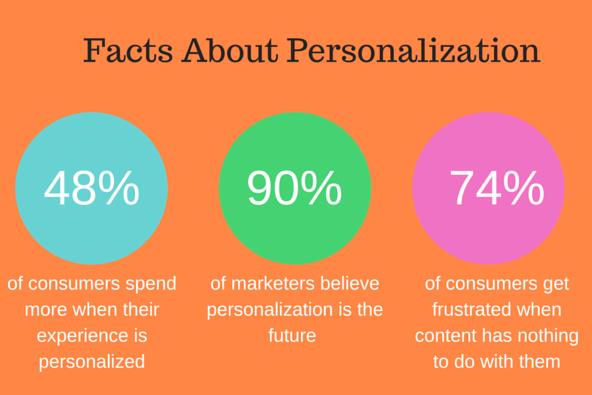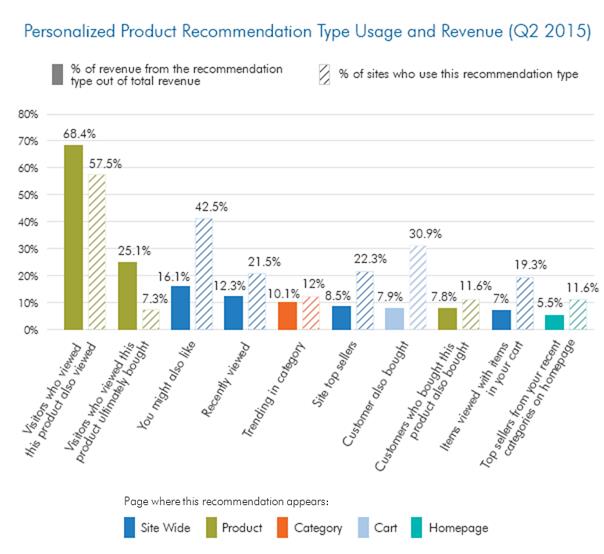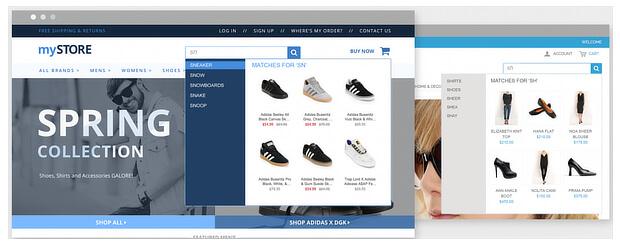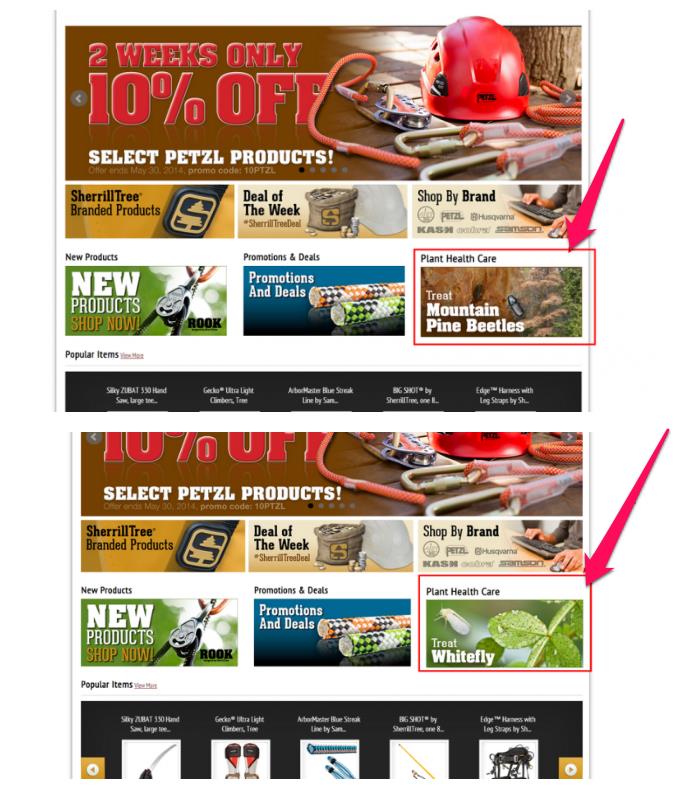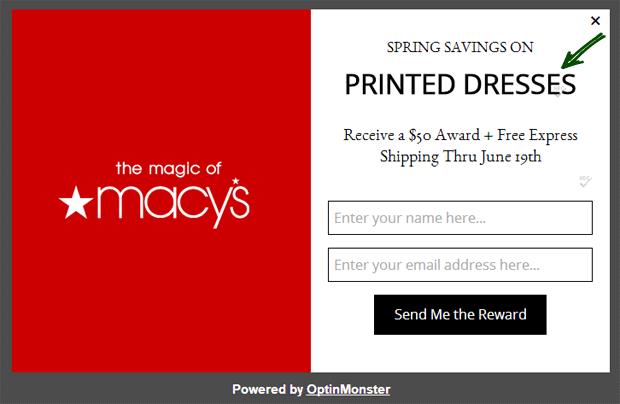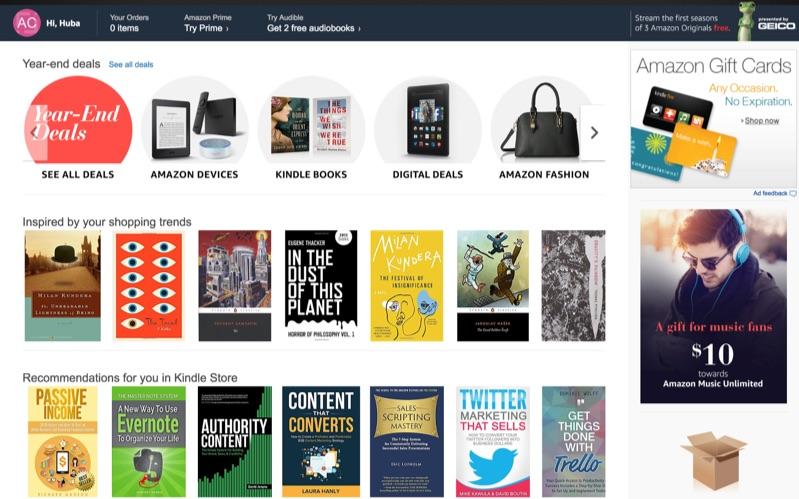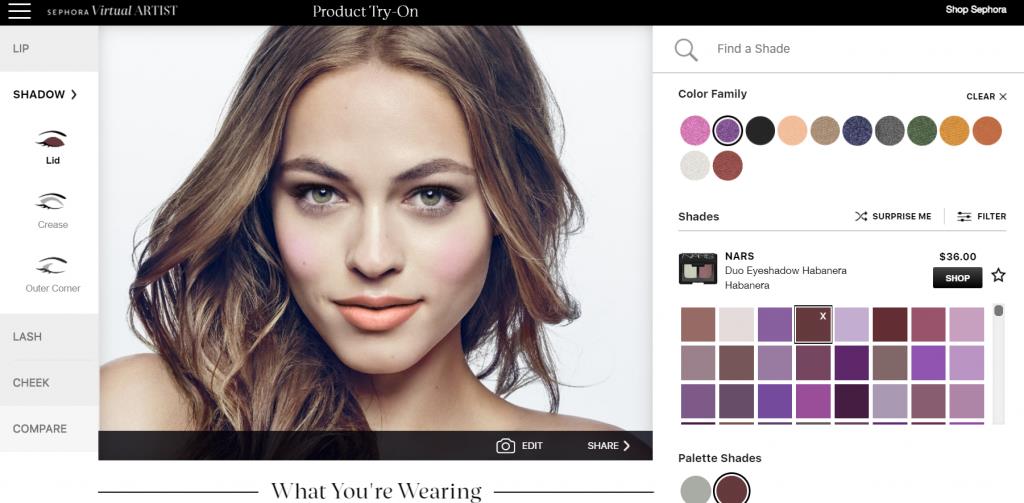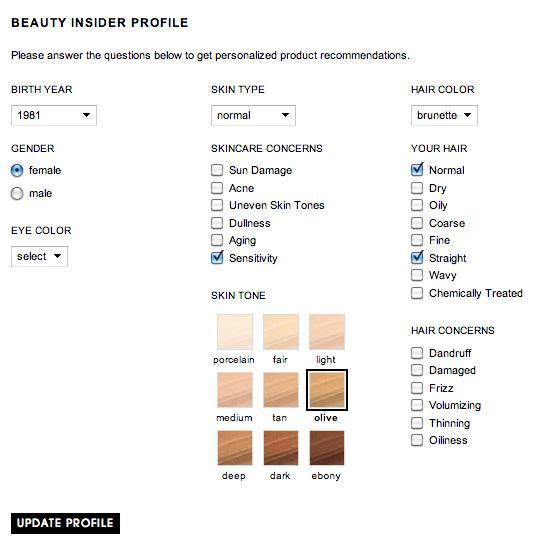Most eCommerce platforms offer some basic level of personalization, such as recommended products during checkout (upselling) and dynamic cart reminder emails when customers abandon their carts before checkout.
There’s a lot more you can do to personalize the shopping experience, and if you’re skipping the opportunities you’re costing yourself a lot of money. According to Marketing Dive, eCommerce brands lost over $750 billion in revenue due to poor personalization.
At the other end of the spectrum are the brands making bank by developing customer-centric experiences. 79% of eCommerce organizations that exceeded revenue goals have a documented personalization strategy.
That strategy is critical to growth—customers want personalization. Consider these customer personalization statistics:
- 75% of online customers are more likely to purchase from a brand that recognizes them by name, recommends options based on previous interactions, and knows their purchase history.
- 74% of online consumers get frustrated when website content is not personalized, forcing them to browse irrelevant content.
- 63% of consumers said they would more positively engage with a brand that provided them with more valuable, interesting, and relevant content.
All the data points to growth when you get that personalization strategy right. Data shared by Gartner in 2016 suggests that, by 2020, smart personalization engines used to recognize customer intent will enable eCommerce brands to increase their profits by up to 15%.
Here are some ways to step up personalization to see that positive growth in your revenue.
What Is Personalization in eCommerce?
Personalization in eCommerce is a simple concept. In short, it means you ensure that anything you offer to your prospective customer is relevant.
It means you know enough about the customer to show individual offers, educational and informative content, and product recommendations. The more you know about your customer, the more you can segment and personalize the shopping experience.
Every eCommerce store collects data on customers to some degree, and all of it can be used to improve conversions and the shopping experience.
It’s not difficult to do. Data shared by Smart Insights shows that just one type of eCommerce personalization can generate 68% of revenue.
Personalization comes in a variety of forms, with more options beyond just those listed in the chart above. Whenever you consider ways to personalize, there are three things to keep in mind, as suggested by Shopify:
- Always personalize to meet the needs of the customer.
- Avoid attempting to personalize without sufficient data (poor recommendations can frustrate customers).
- Only use personalization where the potential return justifies your investment.
Ready to improve the customer experience? Here are some great eCommerce personalization tactics to consider.
✔ Offer better product recommendations.
The data shared by Smart Insights around product recommendations paints an interesting picture about product recommendations. The chart above shows a massive gap between recommendations made by some sites and the return.
- 42% of sites recommend “you might also like,” which only contributes to 16% of revenue.
- 31% of sites recommend “customers also bought,” which only contributes to 8% of revenue.
- 22% of sites recommend “top sellers,” which only contributes to 8% of revenue.
On the flipside, 7% of sites recommend “customers who viewed this product ultimately bought,” which contributes 25% of revenue.
Make sure that what you’re recommending is in line with customer interests. Test different recommendations at different stages of the buyer journey to see what performs best.
✔ Create a shopping experience around the customer.
Here’s an interesting stat from a study by Accenture: 75% of consumers are more likely to buy from a retailer that recognizes them by name, recommends options based on past purchases, OR knows their purchase history. There are a number of ways to personalize the customer’s shopping experience even when you’ve got minimal data to work with.
✔ Personalize site search.
Rather than using a default return on keyword-matched results, improve the results by personalizing them to your customer. You can do this in a number of ways:
- Integrate image search or visual product search like Amazon’s Visual Product search tool.
- Add search tools around products such as “find more items like this.”
- Show search results related to customers’ browsing behaviors.
✔ Use geo-location targeting.
You can easily segment your visitors by tracking their geo-location and targeting offers, messaging, and content to their region. This approach allows you to make better seasonal suggestions based on their region, provide better modal popup offers specific to certain regions, and offer more accurate shipping details to help reduce cart abandonment caused by unexpected shipping fees.
Smart Insights shares a great example of dynamic content based on geo-location targeting:
✔ Change promotions based on browsing habits and visitor flow.
Rather than showing the same site-wide 10% discount, use the behavior of the visitor to segment the audience into various offers targeted more to their interests. Dynamic offers and on-page text (or dynamic text in a modal or module) can give customers a category-specific discount offer.
Here’s an example from Macy’s where the listed category is dynamic based on the customer’s browsing behavior:
✔ Create a dynamic home page around customers.
There’s very little about Amazon’s home page that is static. Amazon’s home page is more than 70% dynamic content, making for a highly personalized experience focusing on product and category recommendations based on prior purchases, promotions, browsing habits, and other behavior data.
If you’re shy of customer data, such as with new customers, then turn to other ways to create dynamic content. Show them what other customers are looking for or create a dynamic feed based on the content they’ve read from you.
✔ Upsell the right products.
Avoid upselling and recommending products because you think they go well together. Not everything is as simple as recommending batteries with a flashlight purchase. Let personalization drive the recommended upsell based on customer behavior. Recommend relevant products:
- Based on what other customers buy instead
- Based on what customers buy together
- Based on what customers come back to purchase later (wish-listed)
In one case study around personalization, Bunting found that when its client showcased recommended products that other customers had bought after viewing particular items, it increased revenue by 13%.
Data from Accenture revealed that 75% of customers are more likely to buy based on personalized recommendations. Targeted upsells are terrific ways to improve conversions, connect customers with the right products, and grow revenue.
✔ Give the personal touch during the shopping experience.
One thing eCommerce lacks is the personal attention you can get with a knowledgeable associate in a store. Thankfully, you can use technology to simulate that level of personalization. Live chat agents can put customers in touch with customer service and shopper support at any time, making it easier for customers to make an informed decision about their purchases or get help finding specific products.
Style guides and automated shopping assistant tools are also a smart addition to improve the customer experience by asking the customer a few key questions and adjusting the entire navigation of the shopping experience based on the customer’s input preferences. Some brands are even leveraging new technology to hyper-personalize the shopping experience, like Sephora’s Visual Artist tool using augmented reality to let customers try on products.
Providing them with tools to self-segment also makes it incredibly easy to serve up targeted content and more relevant products based on the information they provide. This beauty insider profile is a perfect example:
✔ Remind them of their prior engagement.
A persistent cart reduces the chance of a lost customer. They may have been distracted rather than abandoning their purchase. Provide them with a callout showing them what they viewed last time and give them the opportunity to pick up where they left off.
Don’t just show them the last product they viewed. This is an ideal chance to capture their engagement by recommending similar products. Help them narrow down their purchase and reduce browsing.
✔ Personalize offers to returning visitors.
When you have data around visitors showing previous browsing habits and product/category interests, but they have yet to convert, then load those customers with dynamic offers catering specifically to their behaviors. Combine this with reminding visitors of prior engagement to drive conversions.
Work this approach into your cart abandonment strategy. Cart recovery emails should not only show the products they left behind but also dynamic text and special offers to encourage them to return. With an average cart abandonment rate of 69% among eCommerce brands, personalization can be the most effective method to win those customers back.
✔ Add custom content to the shopping experience.
Personalization goes beyond showing customers products they might be interested in. Customers have questions, concerns, and curiosities. Educating them with personalized content is critical to lifting conversions and keeping customers from leaving your site to conduct research.
Unfortunately, 83% of marketers say creating personalized content is their biggest challenge. That’s a problem when customers want to feel comfortable with a purchase. 98% of customers report walking away from a purchase when they had incomplete information or felt the content was incorrect.
57% of consumers say online retailers should provide more information on products and reviews.
Ways to work in content to personalize the experience include:
- Showing user-generated content based on the customer’s behavior, such as customer success images targeted to specific category or product pages
- Offers for buyer guides and frequently asked questions based on browsing behavior
- Q&A segments around specific products displaying answers to help customers make decisions
- Tutorials and instructions after the purchase to improve customer relationships
- Supportive content around products to help them find more success with it
- Suggest targeted blogs, videos, and articles that answer key product questions
Hubspot has a simple but effective example of personalized content:
Sell scarves? Offer an eBook with ten different ways to wear that new scarf. Sell lawnmowers? Give a spec sheet that compares the various mowers each customer researches. There really will be something for everyone at any point in the buying journey.”
That’s the kind of personalized content that reinforces the customer relationship and gets them to come back.
You’re not just making product recommendations with follow-up emails, blogs, and social posts. Custom, personalized content aims to provide the most value from non-promotional content.
A prime example would be customers with Amazon Alexas in their wish lists. You could provide those customers with a wealth of content around downloadable skills relating to their interests and prior searches, guides on connecting and running the home through Alexa, and more educational content.
And, as always, you can drive more sales by using personalized emails to target customers with products once they’ve left your site, whether those are abandoned products or based entirely on products that caught the customers’ eyes while browsing. Amazon does this exceptionally well.
Conclusion
Personalization comes down to segmenting and understanding who your customers are. Gather and leverage every bit of information you can, then start rolling out personalization campaigns. The only way to know how that personalization impacts your bottom line is to do it, test it, and then test it again. Take the same approach to personalization that you take to optimization—invest in what’s working, improve what’s lagging, and cut anything that isn’t moving numbers in the right direction.


